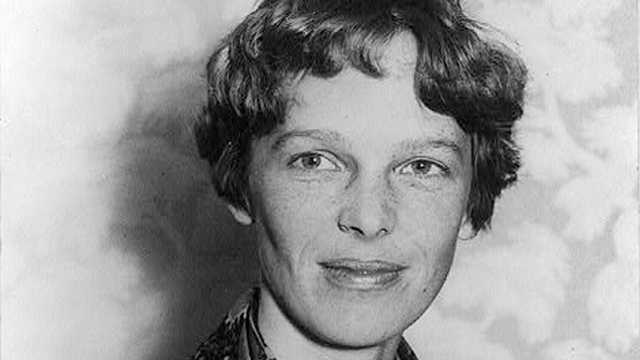On the ripples of time, August 3, 1492, forever holds its significance as the date when the well-known explorer, Christopher Columbus, commenced his auspicious journey from Spain. This was a day that marked the beginning of a voyage that changed the world – the discovery of the Americas, the “New World.” Columbus’ expedition crystallized Europe’s contact with the New World, leading to a domino of groundbreaking historical, geographical, and socio-economic changes worldwide and setting the stage for the modern era.
The Voyage:
Christopher Columbus, an Italian explorer under the Spanish Catholic Monarchs’ patronage, embarked on his voyage from the port of Palos De La Frontera in Spain in search of a western sea route to Asia. Three ships were a part of this iconic journey: Santa Maria, Pinta, and Niña.
The fleet, powered by the breeze, ventured into the unkown, crossing numerous hurdles, primarily being a significantly longer journey than anticipated. Despite the fears and trepidations of the crew, the expedition did not deviate. This voyage paved the way for uncovering vast lands previously unknown to the Europeans, lasting until March 15, 1493.
Discovery of The New World:
Columbus and his crew landed on an island in the Bahamas, which Columbus named San Salvador, on October 12, 1492. Despite believing that he had reached the “East Indies,” Columbus had actually landed in what we now know as the Americas. This led the natives to be erroneously referred to as “Indians”, a term oft-used till today.
The Impact:
Columbus’ journey sparked the interest of other European kingdoms in these newfound lands, leading to several expeditions and significantly advancing European knowledge regarding geography. However, this also led to colonization, the effects of which are still felt today. Columbus’ voyages marked the beginning of sustained contact between the Old World and the New World, thereby playing a principal role in the global world we live in today.

Interesting Facts for Kids:
– Did you know Christopher Columbus took three ships on his voyage, the Pinta, the Niña, and the Santa Maria?
– The journey was financed by King Ferdinand and Queen Isabella of Spain.
– Despite its historical significance, Columbus died not knowing he had discovered a whole new continent!
– His voyages led to the Columbian Exchange- a large-scale exchange of resources, crops, and diseases between the Eastern and Western hemispheres.
Educational Activities for Kids:
– Crafting a paper ship to mirror Columbus’ voyage.
– Organizing a short play to dramatize Columbus’ journey.
– Map-making: Encourage kids to recreate the map of Columbus’ journey.
Conclusion:
Columbus’s voyage and its corresponding discovery of the New World constitutes one of the critical points in world history, defining a distinctive chapter in human exploration. The story of this voyage, beginning on August 3, 1492, is a testament to the undying curiosity, resilience, and courage of humankind, driving us forward in our quest for knowledge and understanding of our world around us.
References:
1. Thacher, J. B. (1903). Christopher Columbus: His Life, His Works, His Remains. Vol. 2. New York: Putnam.
2. Morison, S. E. (1942). Admiral of the Ocean Sea: A life of Christopher Columbus. Boston: Little, Brown, and Company.
3. Bergreen, L. (2011). Columbus: The Four Voyages. UK: Penguin.
4. Fuson, Robert. (1992). The Log of Christopher Columbus. International Marine Publishing.







What do you think?
Show comments / Leave a comment